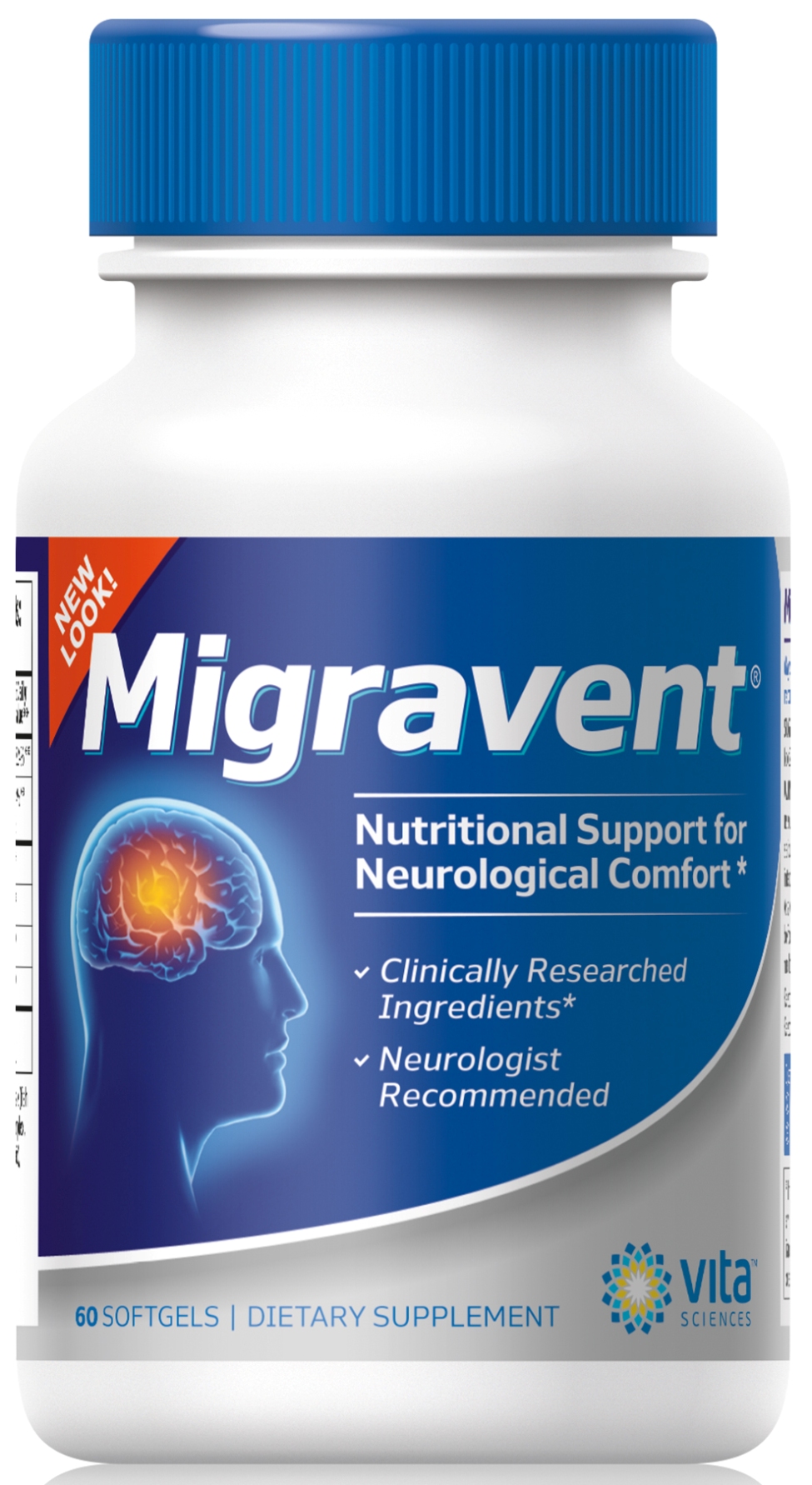Once a migraine attack is in full swing, it can be very difficult to stop. Sometimes, headaches and nausea can last for days, especially if you have a chronic migraine condition. With practice, you can learn how to recognize that tell you a migraine is on its way, and head it off at the pass. Here are some tips to help you intercept a migraine attack and prevent hours of torture.
The Prodrome Stage
All migraineurs experience a prodrome phase hours before a migraine strikes, but it can sometimes go unnoticed. The signs of an impending migraine can be slight, or they can hit you like a ton of bricks; it’s different for everybody.
Don’t confuse the prodrome phase with the aura phase; a migraine aura (visual disturbances, hallucinatory scents, speech problems) happens minutes before a migraine attack, while prodrome symptoms (fatigue, exhilaration, cravings) can take place hours before the first signs of headache or stomach pain.
For more explanation, read Migraine Aura and Prodrome- What’s the Difference?
Signs of Prodrome
More than half of all migraine sufferers notice the following symptoms just hours before getting a migraine attack:
- Crushing fatigue
- Food cravings for unusual tastes
- Constipation or diarrhea
- Brain fog, disorientation
- Constant need to urinate
- Neck pain
- Excessive yawning
- Unusual mood swings, depression or elation
More about prodrome symptoms can be found here: The Earliest Symptoms of Migraine are not Headaches
Catch the Migraine and Stop it
An aura may not give you enough time to stop a migraine without abortive medications, but recognizing the signs of the prodrome phase can afford you time to employ natural preventive measures to halt an approaching migraine headache.
The moment you notice yourself feeling any of the symptoms of prodrome as described above, get yourself to a quiet spot as soon as possible (after work, during lunch break, or whenever you can get home).
Natural Measures that Help
Don’t feel compelled to run to the medicine cabinet just because you think a migraine may be brewing; often, overmedication of painkillers only guarantee a subsequent rebound headache. Instead, try experimenting with the following natural methods, and see which helps the most.
- Use the hot and cold method: place one hand in very hot (not scalding) water, and place your other hand in cold water. The same can be done with an ice pack or hot compress applied to the head and feet, alternatively.
- Apply acupressure on the soft part of your skull, the anterior fontanelle, a small spot which is directly on top of your head.
- Relax and meditate.
- Practice deep breathing.
- As a daily measure, take vitamins, minerals, and herbs that specifically benefit migraine patients; these include magnesium, butterbur root, vitamin B2 (riboflavin), and coenzyme Q10 (CoQ10).
Please tell us…
Do you always know when you’re about to get a migraine, or does it always take you by surprise? What methods do you use to prevent migraine headaches?
Do you have any questions or suggestions? Please leave your comments below.
Share with your friends!
If you found this article helpful, then please share with your friends, family, and coworkers by email, twitter, or Facebook.
Like this? Read more:
Visual Disturbances with Migraines
Migraine Auras without Headache: Silent Migraines
Abdominal Migraines- Because Migraines Are Not Always In Your Head!
Diagnosed with Migraine Equivalent Symptoms: What’s the Difference?
Image courtesy of Stuart Miles/freedigitalphotos



